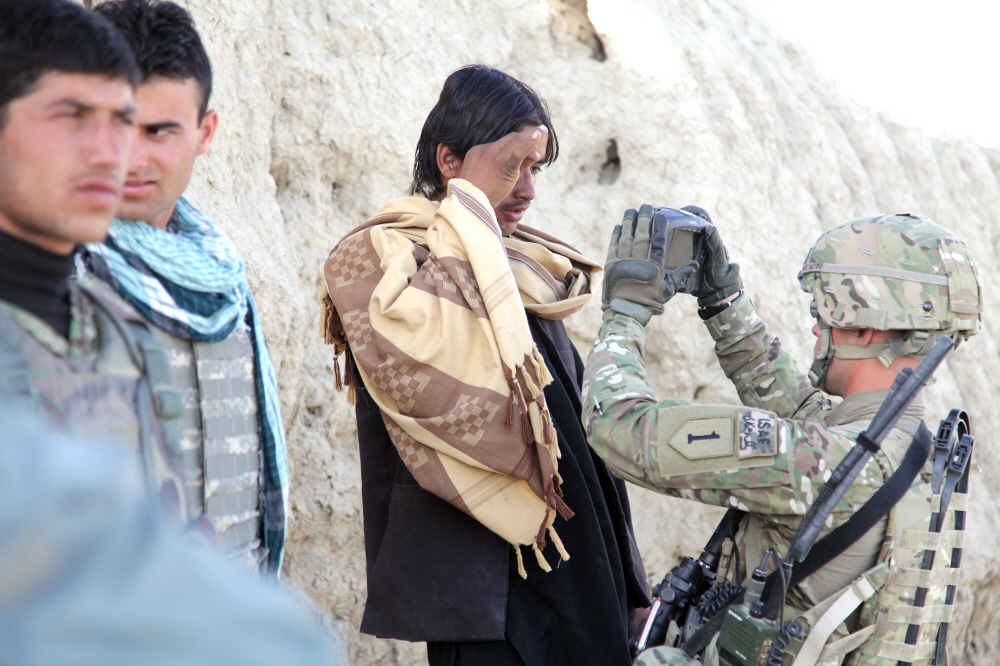
It has been reported that HIIDE, a biometric device that can recognize individuals such as iris authentication and search careers in a large database, has been handed over to the Taliban, an Islamic organization that has overpowered Afghanistan.
Hyde is a portable biometric device that first appeared in 2010. It is a substitute that can recognize individuals from iris, fingerprints, and faces, and wirelessly access built-in or external databases to view personal information.

Hyde was reported to have been deployed by the U.S. Department of Defense at a cost of $10 million in 2010, and has since been used by the U.S. military to identify Osama bin Laden or to collect biometric information from Afghan citizens for the purpose of identifying terrorists. it is known
However, according to a U.S. military official, the hides left by the military were seized by the Taliban. Since the United States is believed to have collected data from not only terrorists and criminals, but also from the general public, including Afghans engaged in diplomacy, the possibility of the Taliban identifying the personal information of rebels is pointed out.

According to military officials, it is possible that the Taliban will need additional tools to process the hide data. However, officials are concerned that the Taliban and the secretly-established Pakistani military’s integrated intelligence agency, ISIS, are in possession of the tools and that the two sides could work together.
An expert said, “It seems that no one has ever thought about privacy and how to deal with Hide when it is misused,” he said.
Meanwhile, as the U.S. military face recognition fingerprint authentication device and database were confiscated by the Taliban, not only military officials but also the identity data of Afghans who cooperated, fears of Taliban retaliation are increasing. Meanwhile, a human rights group (Human Rights First) expressed the view that the iPhone Face ID could be used to protect the body. The technology includes facial recognition, so it’s quite difficult to fool it. The basic defense against regular surveillance cameras is if they are facing downwards, and the combination is less likely to succeed. Also, it is good to use cosmetics to change the shape of your face, but it is difficult to succeed.
A simple test to check whether these measures are valid is that Face ID is valid. Of course, Face ID is not absolutely secure. The group evaluates Face ID as a primitive technology and says that it must be able to fool a smartphone to fool a face authentication technology using a more advanced technology, so it should at least go beyond this level. Related information can be found here.

